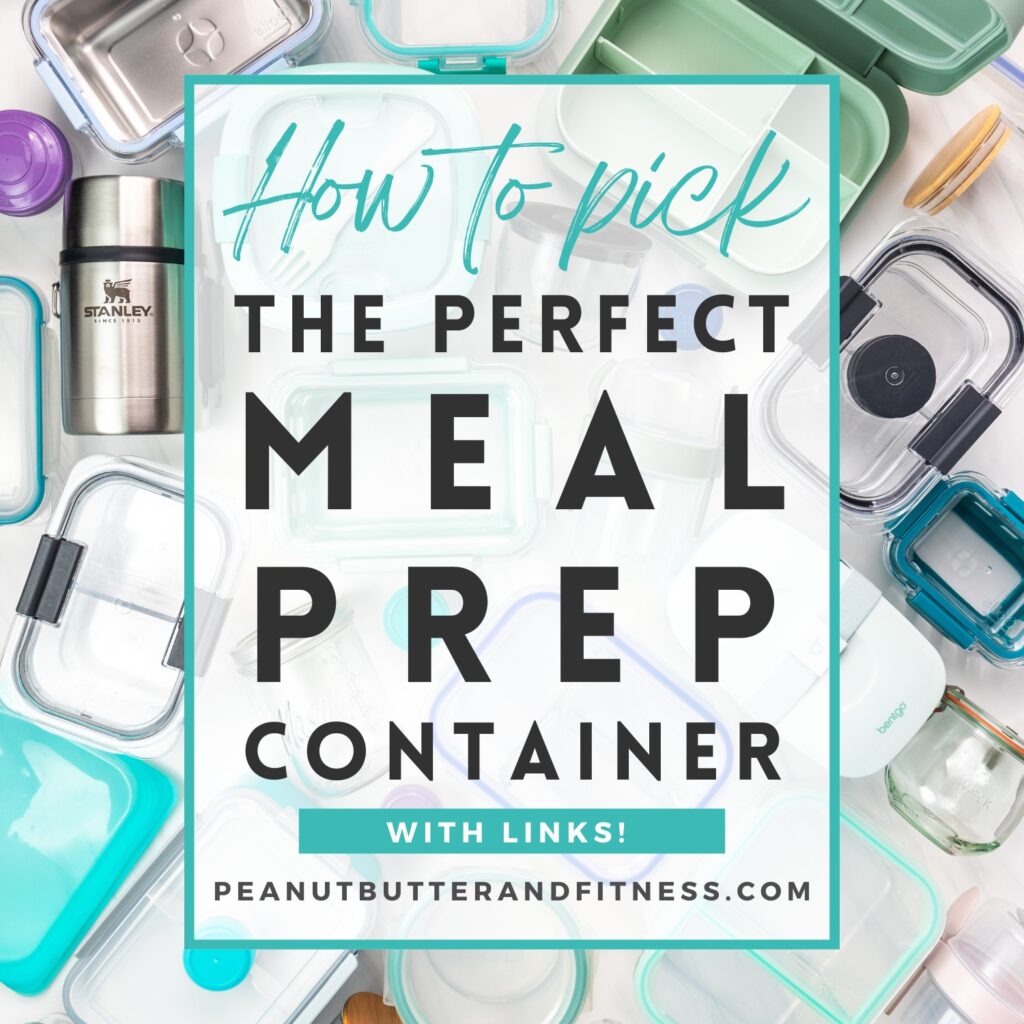
Start the new year off right with my ultimate guide of how to pick the perfect meal prep containers! Glass versus plastic, compartments or none, all the options are covered here. I’ve been meal prepping consistently for over a decade, and I’ve learned a thing or two about what makes a good meal prep container. I’ve also learned the hard way about what makes a bad meal prep container, so stick with me and I’ll share all my lessons learned over the years!
I’m New to Meal Prepping, Where Do I Start?
First of all, welcome! You’ve come to the right place. Getting started with meal prep can be daunting, especially when your social media feeds are probably filled with gorgeous meal prep spreads (hi, I’m the problem, it’s me ;)) In this post, I’m focusing specifically on choosing the right container, but be sure to check out my Meal Prep 101 page for more of my tips on how to start meal planning and prepping. If you find yourself ready to start building a collection of meal prep containers but don’t want to overcommit yet, here are the two things I recommend buying first:
- A decent quality single compartment container – glass or plastic is totally up to you, but you can read more here. Stay away from those black take-out looking containers – they will leak, they won’t keep your food fresh, and they’ll leave you frustrated and discouraged with meal prep overall. Trust me, I learned this from personal experience. This versatile plastic option has removable compartments, so it can be used as a 1, 2, or 3 compartment container. This is my personal favorite plastic meal prep container and has the option to add a 2nd compartment too! Check these out if you want to opt for glass instead.
- Sauce containers – I use my sauce containers all the time and it is 100% worth the (very small) investment to grab some leak-proof, dedicated sauce containers that can fit right inside your meal prep container. Then use them for recipes like this Egg Roll in a Bowl or these Fish Taco Bowls.

New to meal prep?
Get Started Here!
Explore my top tips for getting started, links to a ton of free meal prep resources, plus a list of must-have tools & essentials!
Winning Meal Prep Container Traits
To find the perfect container, I recommend looking for these winning traits:
- Air tight and leak proof (but still easy to open) – There’s nothing worse than opening your bag only to find that your lunch leaked all over your laptop, papers, books…you name it. I don’t want to have to baby my meal prep containers and keep them perfectly upright in transit to work. I throw mine right in my backpack or duffel and transfer them to the fridge at work when I get there, so they have to stand up to it. Usually a leak proof container is also air tight, which is key to keeping your food fresh. Win, win!
- Easy to clean – Look, if it’s not dishwasher safe, I don’t want it. I’ve done the thing where I had to hand wash all of my dirty meal prep containers every day because I didn’t have a dishwasher and I’ll never do that to myself again! I recommend double checking that both the lids and container are dishwasher safe before buying…and yes, that means those containers with pretty bamboo lids are out!
- Microwave safe – Believe it or not, there are plenty of meal prep containers out there that can’t be microwaved! This is one of the most basic features I need to have in my containers. I don’t know about you, but I certainly am not interested in dirtying extra dishes and dealing with the hassle of transferring my food from one container to a plate when it’s time to heat and eat.
- The right weight and size for your lifestyle – If you’re taking public transportation to work or are always eating lunch on the go, chances are that you don’t want to have to carry around the extra weight of a glass meal prep container. Plastic might be a better option for you. On the other hand, if you work from home frequently or don’t have to haul your lunch long distance, that extra weight might not matter to you. You also want to make sure your containers are appropriately sized for your meals to reduce the amount of wasted space and extra air in the containers – another key for keeping food fresh.
- Fits your budget – Only you can decide how much you’re willing to invest in meal prep containers, but I encourage you to look at them as just that – an investment. Quality containers aren’t always cheap, but they will last you for years to come, keep your food fresh, and help you avoid the headaches I mentioned in the paragraphs above.
- Durable and reusable – When you’re carrying these containers around and switching them from home fridge to bag to work fridge to bag to sink to dishwasher, they tend to take a bit of a beating. You want a quality container that can stand up to the wear and tear without cracking, breaking, or turning dull and brittle. And while we’re at it, let’s be green and stay away from throw-away containers and single use zip bags – there’s enough plastic floating around in our oceans already. Thanks for coming to my TED talk 😉

Size Matters
As mentioned above, it’s important to use appropriately sized containers for your meals to 1) reduce the amount of wasted space in your fridge and lunch bag, and 2) cut down on extra air in the containers to help keep food fresh. For single compartment containers that I use for lunches and dinners, I prefer containers ranging in size between 24-30 oz.
The 30oz containers I have are definitely on the larger end of what I need, but they do have plenty of space for sauce containers or silicone muffin cups if I need them to help keep ingredients separated. Anything larger than that is too big for my needs, but if you prep large meals, you might want to consider something a little larger. The 24oz containers I have are reserved for simpler meals. Think protein with a simple veggie and starch, like this. Containers that are 24oz or smaller might also be right for you if you’re the type of prepper who eats 5 small meals a day. Smaller 2-cup containers like this are great for breakfasts or soups. For overnight oats, I’ve found that 10-12 oz is the perfect size.
Which Material is Best?
Let me get this out of the way from the top – stainless steel meal prep containers are bullshit and I honestly can’t see a good reason to shell out a bunch of money on them (they’re not cheap!). If you can’t put them in the microwave, what’s the point?! Just because they’re pretty doesn’t mean they’re functional. Now that you know where I stand on that, let’s get to the two real contenders here: Glass versus Plastic.
The choice between glass and plastic is one that trips up a lot of new meal preppers, but you really can’t go wrong with either and I have several sets of both. Here’s what I love about each:
Plastic
When you talk about durability, I think that plastic comes out on top since glass is more susceptible to chipping. I went into my Amazon purchase history and found out that I have a set of plastic containers that are just now getting toward the end of their lifespan after being used heavily for SEVEN years! I’ve also been using my Rubbermaid Brilliance containers for FIVE years and they’re still going strong. They are definitely my favorite plastic containers for a few reasons:
- They are truly leak proof! Seriously, you can throw soup in there and turn them upside down with confidence.
- They’re beautiful! The plastic is crystal clear instead of opaque or foggy looking, so you can see exactly what’s inside.
- They are one of the few plastic containers on the market that is truly stain proof. I haven’t been able to stain them in the five years I’ve meal prepped with them.
- You can pop the vents on either side of the lid and safely stick it in the microwave. No need to remove the lid and use a paper towel to avoid splatter.
I’m sure there are other plastic containers on the market that can compete, but I haven’t found them or even bothered trying in the last few years. So you’ll just have to trust me on this 😉
When buying plastic containers, be sure they are BPA free so you can safely microwave and eat from them. A lot of people prefer glass over plastic because of concerns over chemicals leaching into your food when microwaving plastic. Any food-grade, microwave-safe containers on the market these days should be BPA free so you don’t have to worry about that, but older containers that have been passed down from parents or grandparents may not be as safe. If you have concerns about any of this or just prefer to use glass out of an abundance of caution, read on!
Glass
I realize I did a lot of gushing about my favorite plastic containers, but I really do love my glass containers too! They’re beautiful to look at (and photograph), and I love that I can stick them in the oven to cook something right inside. I use them for just that purpose with this Individual Chicken Pot Pie recipe. There are also some great silicone wrapped glass containers on the market now that help mitigate concerns about them being too fragile. They can still go in the oven, microwave, and dishwasher without issue and are easy to keep clean despite the extra layer of silicone.
Use caution when freezing glass containers – you have to make sure there isn’t too much liquid inside or you risk having them crack or shatter in the freezer. It’s definitely possible to do it safely, but I’d recommend checking the label of your container and reading more here for tips before freezing. Glass containers are also stain and odor proof, which you definitely can’t say for all plastic containers. Overall, though they’re a lot heavier and a little more fragile, I think glass containers are totally worth the investment.
Weighing your Options
Here’s a visual representation of how I think glass, plastic, and steel stack up against each other in all the categories that matter when it comes to meal prepping:
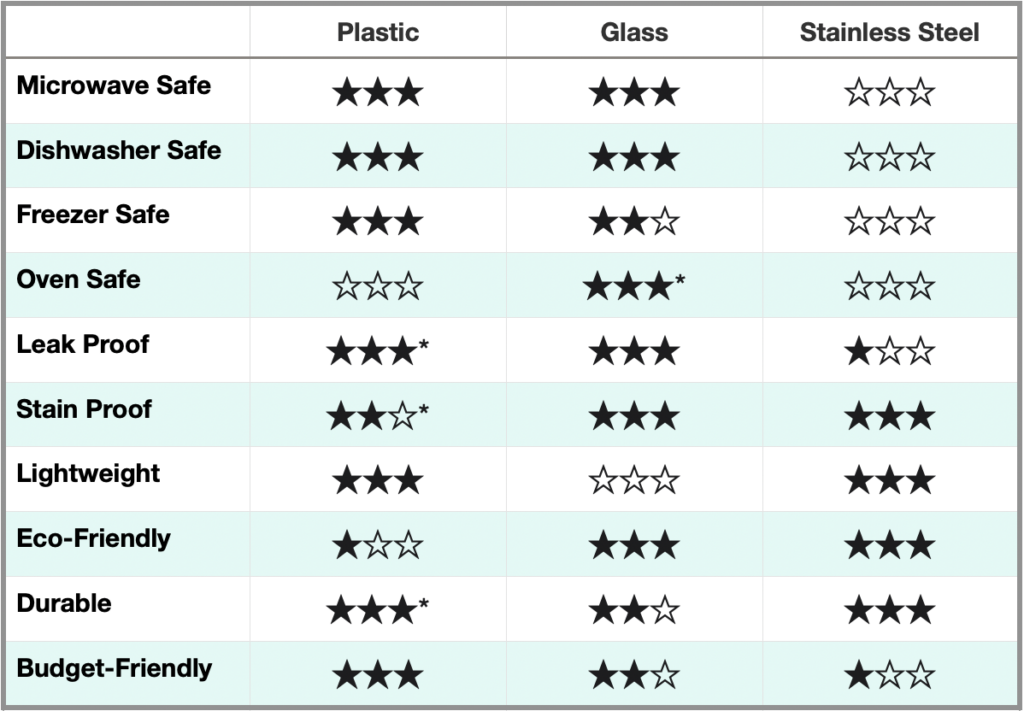
Compartments or No Compartments?
You don’t have to go out and buy a bunch of different compartmented containers if you’re just getting started with meal prep. I personally love and use my 2 and 3 compartment containers all the time, but I could totally get away with using a larger single compartment container and adding silicone baking cups or smaller containers inside to keep ingredients separate and fresh. Take a look at some of the photos below to help you decide if compartments are for you!
Single Compartment Containers
I love using single compartment containers for meals that are simple or that I don’t mind all the ingredients touching one another. I often stick a dressing container inside these or use a silicone baking cup to easily remove items that don’t need to be microwaved and to keep things fresh.



Two-Compartment Containers
Multiple compartments really come in handy when you don’t want ingredients to touch. For me, that usually happens when I’m prepping with fish or even using crackers or bread that have to stay away from moisture to stay fresh. Two compartments are great because you still have a decent amount of space for larger volume items like pasta or rice and veggies. I also love that you can easily find 2-compartment containers that have a lid sealing off the sections, so you don’t have to worry about leakage from one compartment to another.



Three-Compartment Containers
I’m not gonna lie, things can start to get a little tricky when you enter the world of 3 compartment containers! Let me explain…the dividers in these containers can make it difficult to fit everything you want in your meal prep. You just can’t fit higher volume items like pasta or veggies the way you can with a two compartment container. What I DO love about 3 compartments is that they’re easy to use for bento-style meals where you really need the ingredients to stay separate. Take a look at the photos below to see what I mean! One word of caution with these containers though – it’s much harder to find a 3-compartment container with air tight/leakproof sections, so you may have to be careful to keep them upright when traveling with these.



Specialty Containers
If you have a container need, there’s probably something on the market to meet that need. Think salad containers, insulated bowls, parfait jars, snack stacks, fruit and veggie savers, vacuum seal containers, silicone bags…the list goes on and on!




Bento Boxes
Bento style containers have become extremely popular over the last few years, especially for kids lunches. Traditional bento boxes are single-meal Japanese portioned food containers. At their heart, these are really just multi-compartment containers that are packaged up in an aesthetically pleasing way that gets people excited about packing and taking their lunch to work.
I find that a lot of these containers are either too cumbersome or impractical for my style of meal prepping. I much prefer using one of the multi-compartment containers I already have on hand, but if a cute looking bento box makes you feel good about taking a packed lunch to work or school, go for it!

Salad Containers
If you prep salads frequently, salad containers are 100% worth the investment for several reasons, the first of which is that they keep your ingredients separated. To keep prepped salads fresh for the week, you want to keep your proteins, wet/soft veggies, and most cheeses away from your lettuce (and away from each other). I’ve tested several salad prep containers and my favorite remains this Rubbermaid Brilliance Salad Container, though this Bentgo one is solid too.
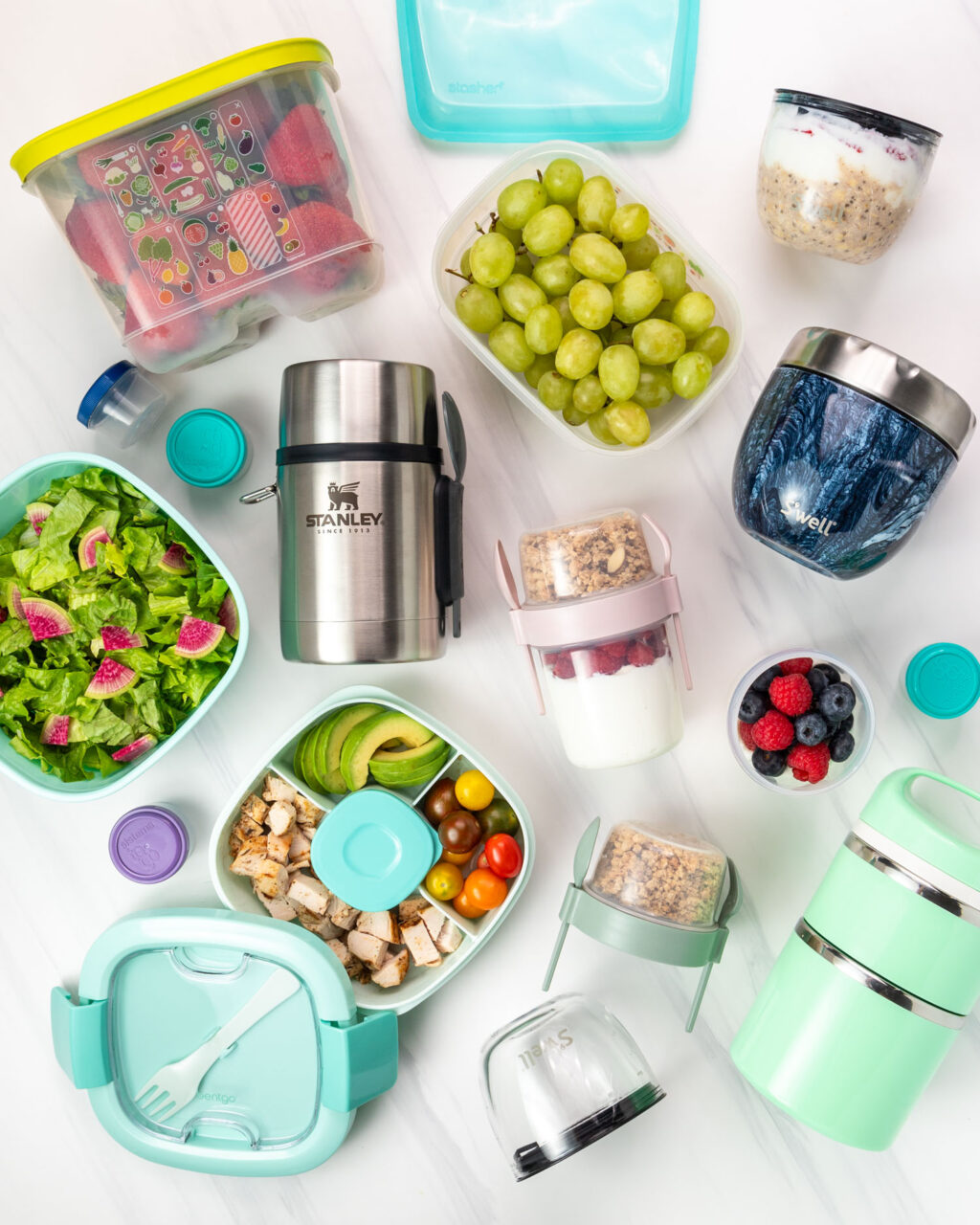
Other Specialty Containers
There are a TON of specialty meal prep containers available – insulated containers to keep food hot/cold, parfait jars perfect for your morning snack, snack stacks for all day snacking, fruit and veggie savers to keep things crisp in the fridge, and even vacuum seal containers for ultimate freshness. I will say that I think fruit and veggie savers and vacuum seal containers are worth the cost for anyone who keeps fresh fruit/veg on hand. Whether or not other specialty containers are worth it totally depends on your meal prep style and food preferences. If you’re a soup fiend, maybe an insulated soup container is worth it. Otherwise, probably not.
Should I Jump on the Mason Jar Bandwagon?
Mason jars have earned a spot in the hearts of many a meal prepper, but they are usually not the only (or the best) choice for this kind of food storage. Don’t get me wrong, I love the looks of a mason jar salad, but I just think it’s less practical than using a dedicated salad prep container where I can easily remove and re-heat the protein, then can mix up my salad right there in one container. The less dishes to wash, the better.
The one type of recipe that I absolutely love a mason jar for is overnight oats! A 10-12 oz jar is the perfect size to keep the oats cozy but still leaves enough room that you can stir the oats in the morning without spilling everywhere. Even in this case, there are a ton of other options for storing overnight oats that are just as good as a mason jar.
My advice: don’t go out and buy a bunch of mason jars just for meal prepping. If you already have them in your cabinets and think they’ll work for a certain recipe, give them a go! And follow these tips if you want to try your hand at mason jar salads.



Freezer Friendly Containers
Admittedly, I am not a huge freezer prepper – my prepped meals are stored in the fridge 90% of the time. When I do make freezer meals, it’s usually like what you see in the pictures below. Meals made specifically for the freezer, frozen into squares using Souper Cubes for easy storage and reheating, then vacuum sealed to keep them fresh for weeks or months at a time.




That said, I know there is a huge contingent of meal preppers out there who prefer to skip the fridge and go straight to the freezer for 90% of their prepped meals. Preppers who prefer the freezer over the fridge usually do because they…
- …want more variety in their day to day meals than fridge prep affords them.
- …like to meal prep less frequently, maybe only once a month.
- …have concerns with keeping food fresh in the fridge for more than a couple days (more on that in a future post!).
If this describes you, I have a few recommendations at different price points. The big thing to keep in mind with this kind of meal prep is that you can end up tying up your containers for weeks or months at a time in the freezer, so it can get expensive quickly if you’re opting for the best quality containers.
- Lowest cost – I can’t believe I’m saying this, but if price is your #1 priority, this is the one time that I’d actually suggest using those cheap plastic containers. Just know that cost is inversely proportional to quality and you will definitely notice frost on your food and may end up with some cracked containers and leaks in the process of thawing/reheating/cleaning.
- Mid-range cost – This is probably where I’d settle if I was doing this type of prep often. Take a step up from the cheapest containers, and in return you’ll get air-tight and leak-proof containers that can generally handle the transition from freezer to microwave to dishwasher without issue. A set like this or this would work well.
- Higher cost – If you’re willing to spend the money to build up a collection of these that can live in your freezer, I’d recommend the exact same high quality plastic containers I recommended above!
PBF Top Picks
You don’t need to go out and buy all of these containers, but these are ones that I’ve tried and loved myself. Pick and choose what works for you based on the info above!
Great Starter Containers:
Glass Containers:
Plastic Containers:
Divided Containers:
Specialty Containers & Extras:



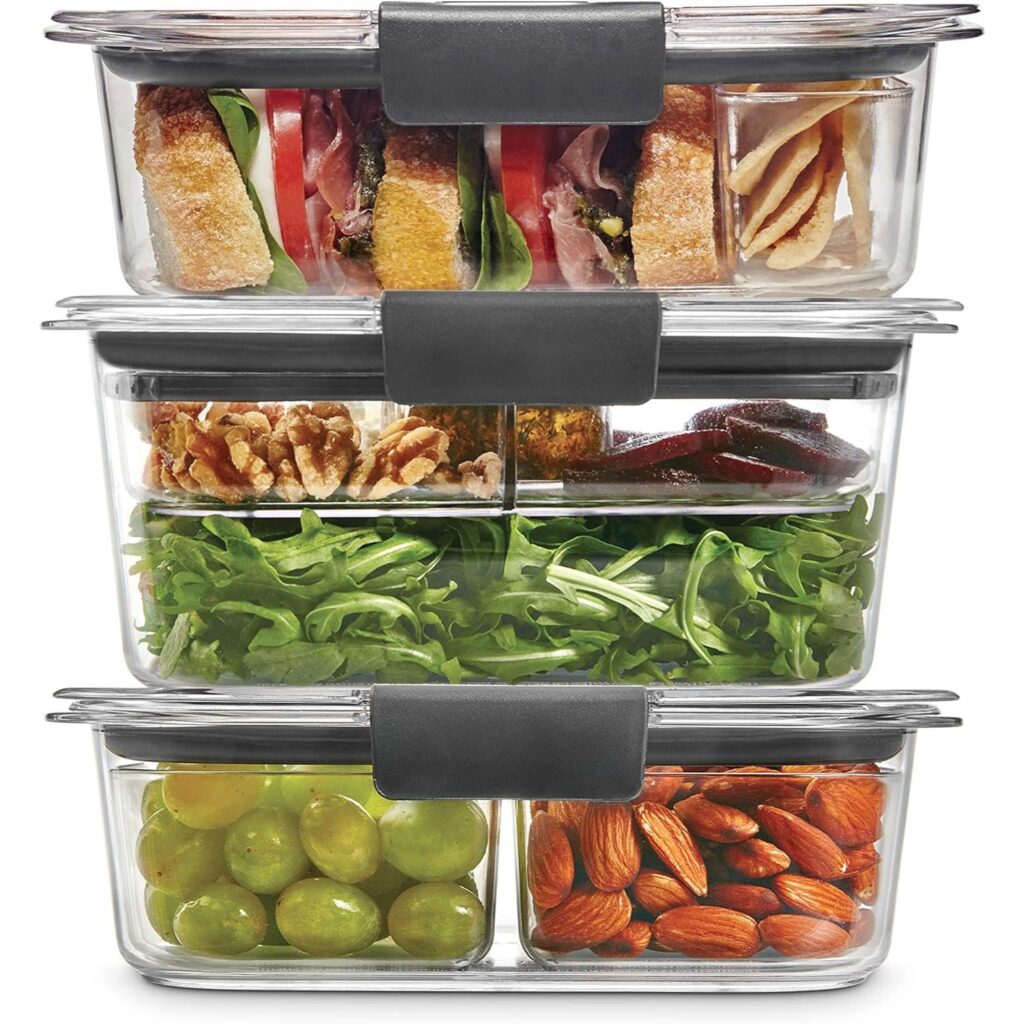

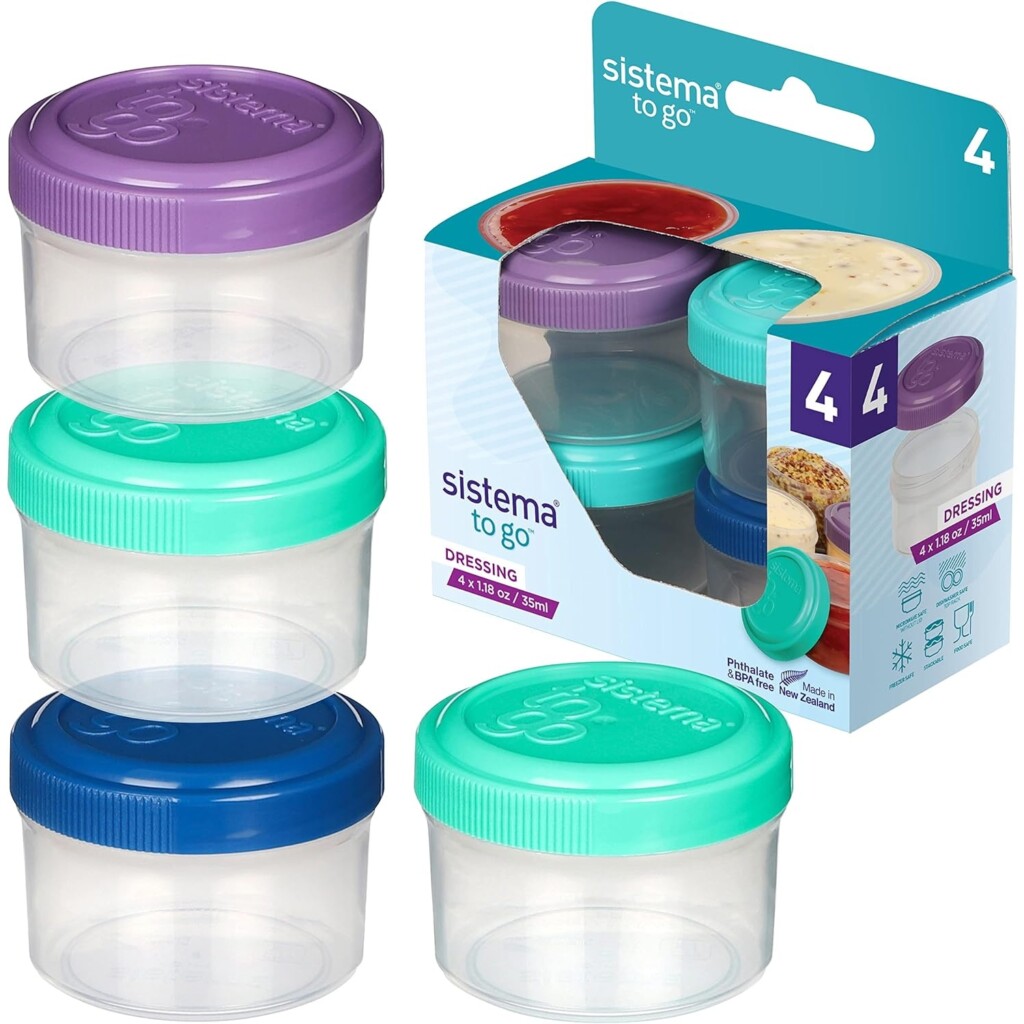

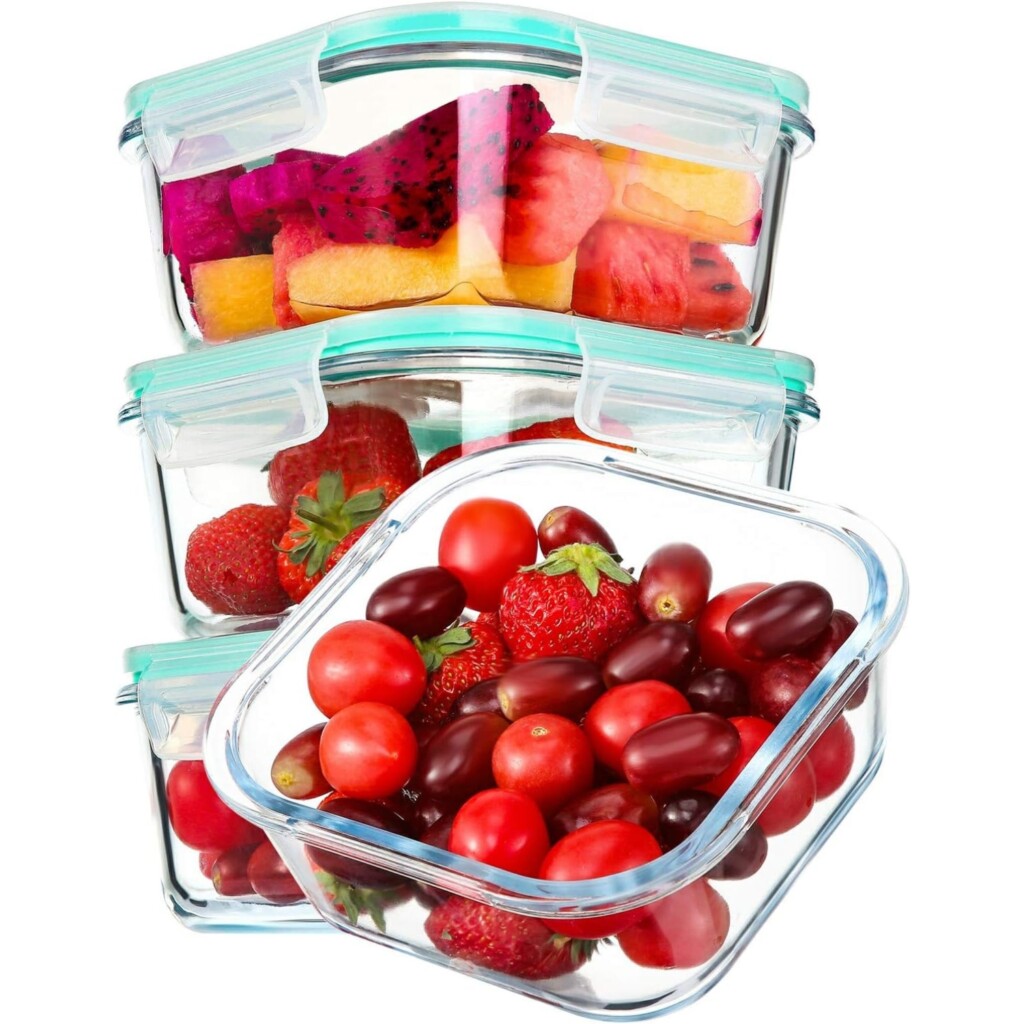
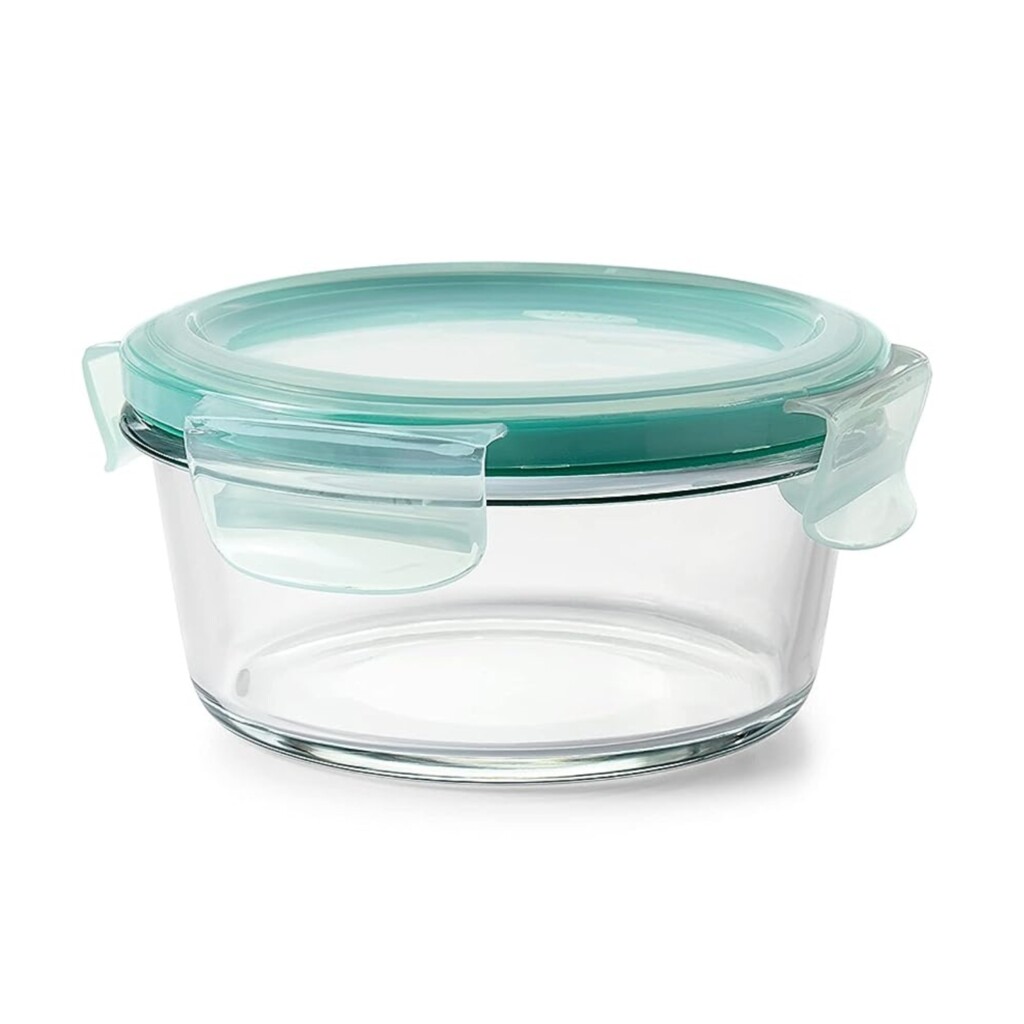





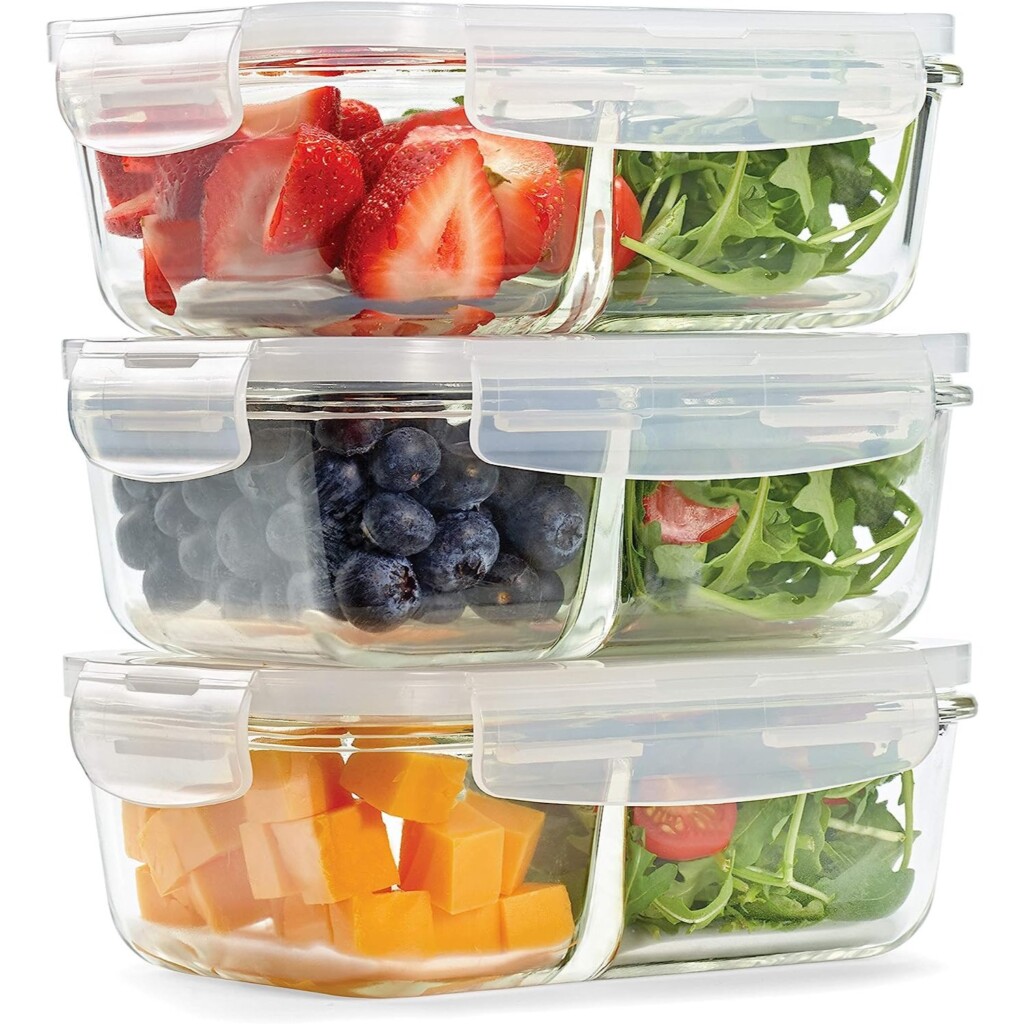



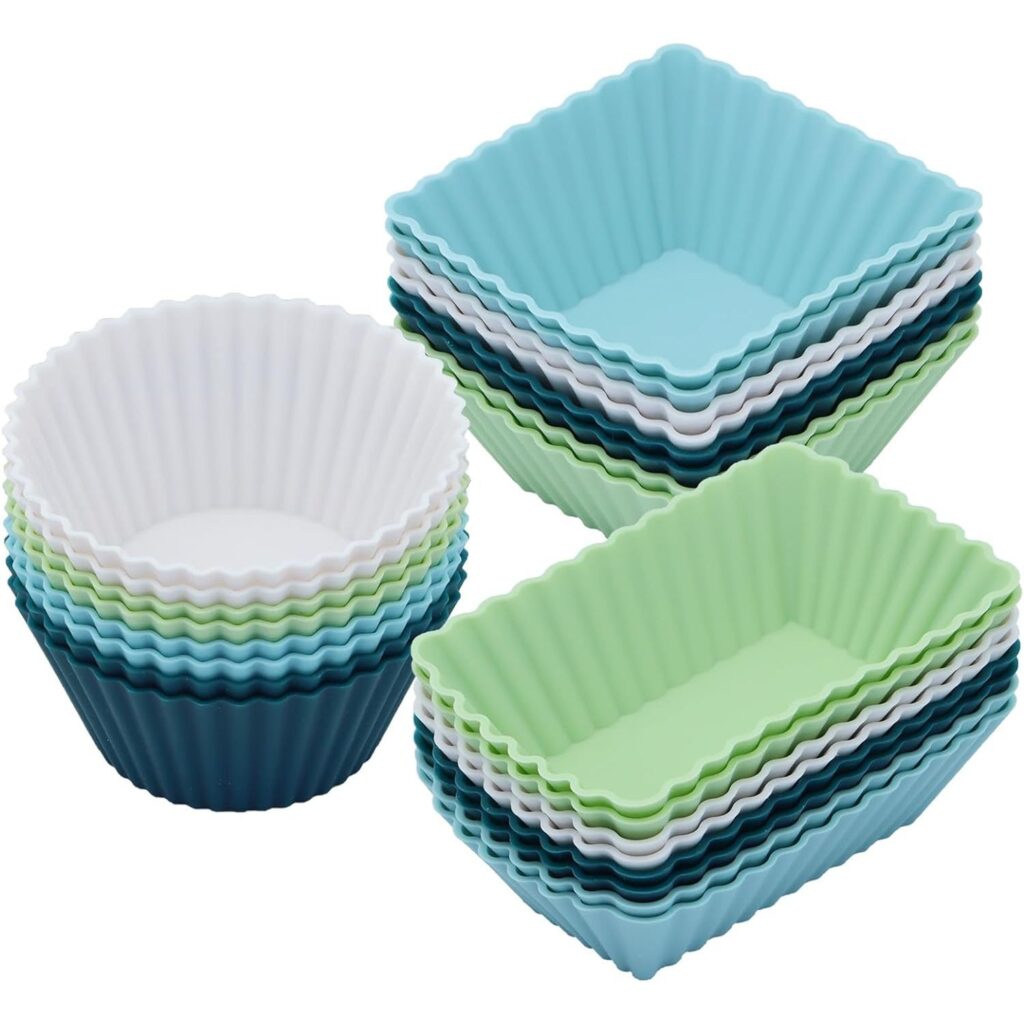
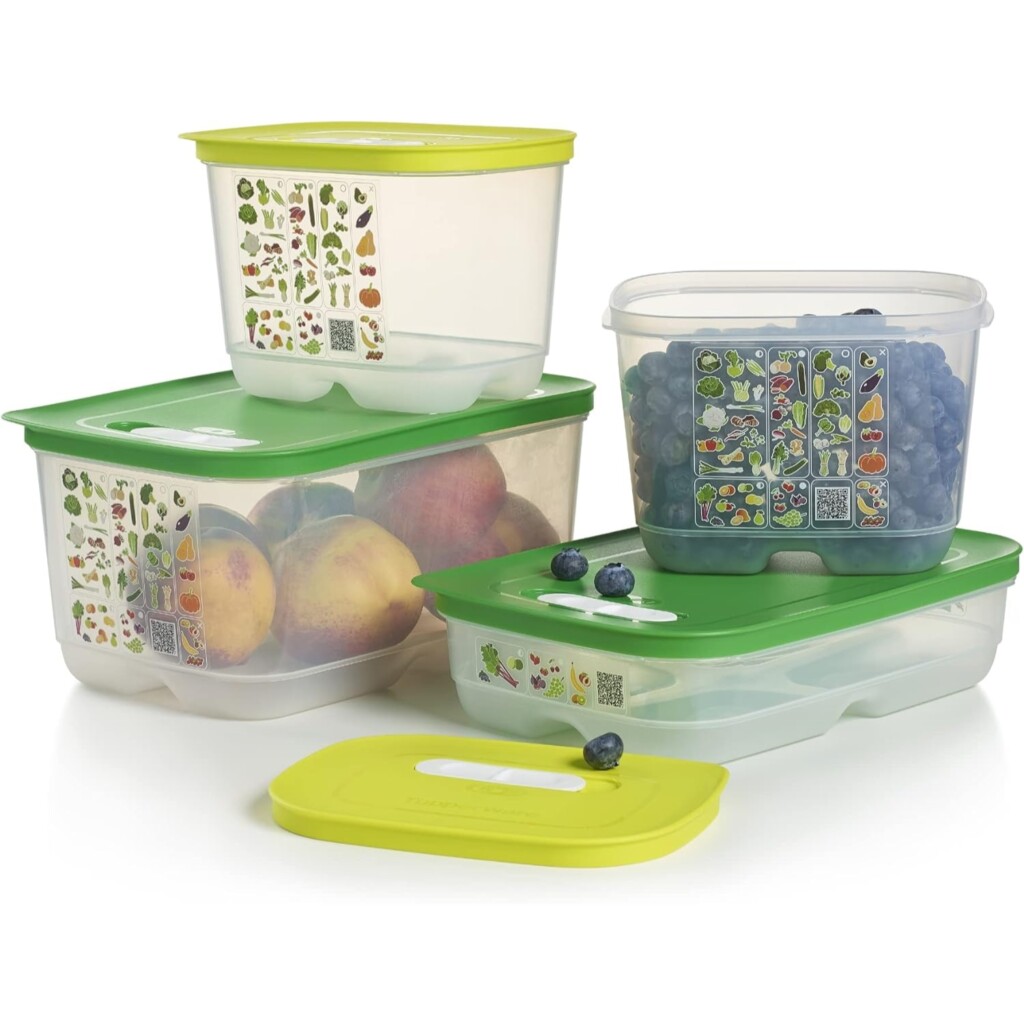


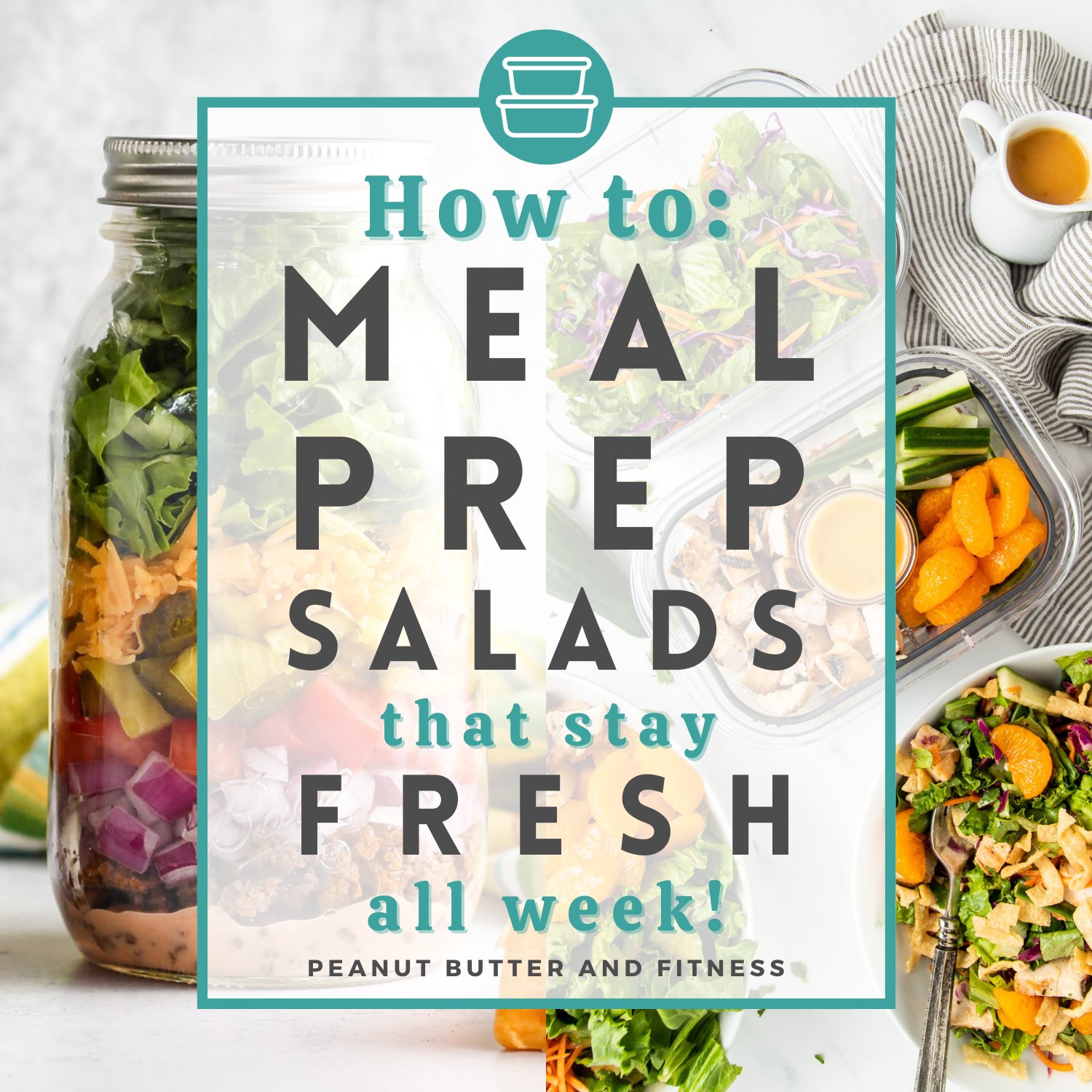









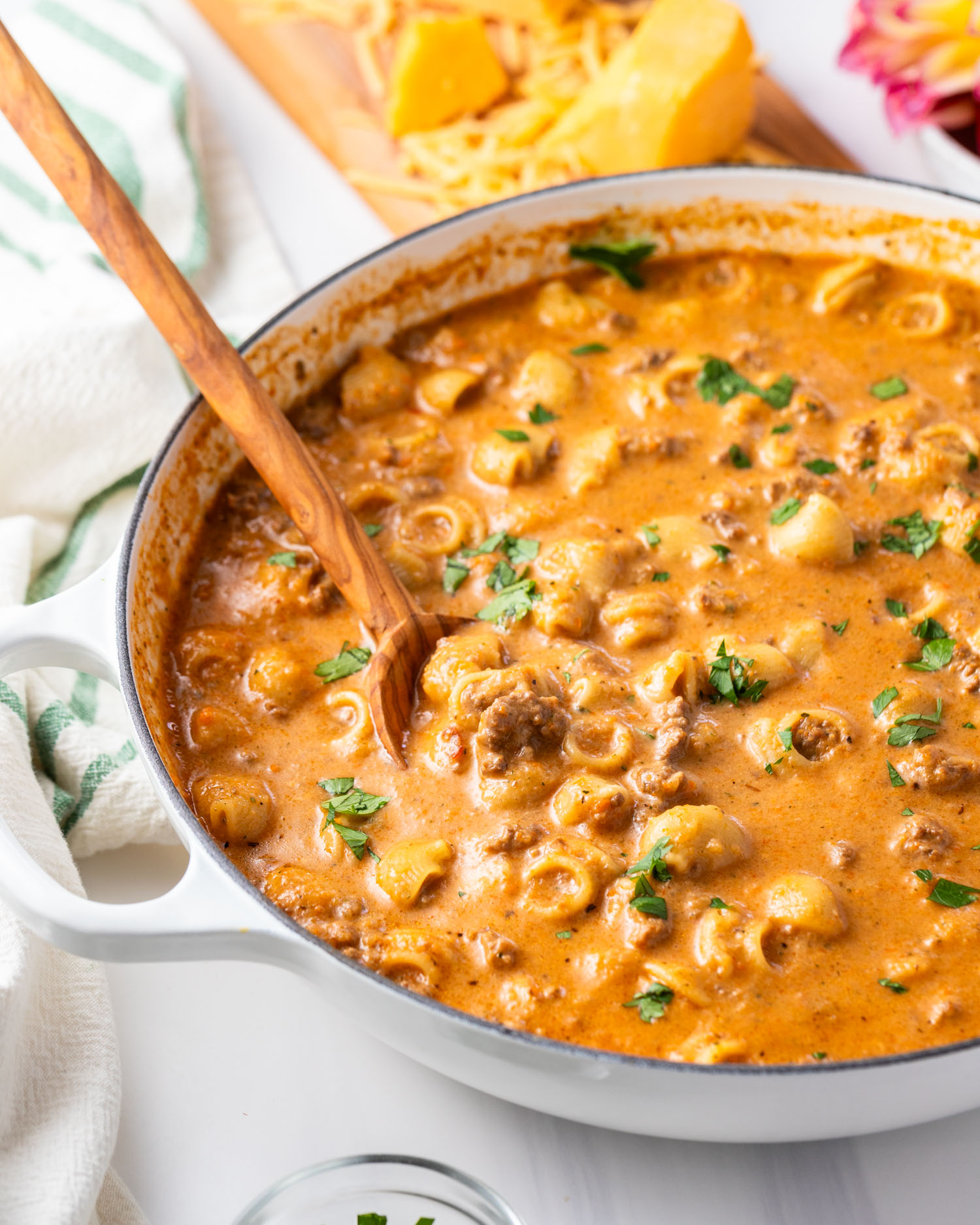


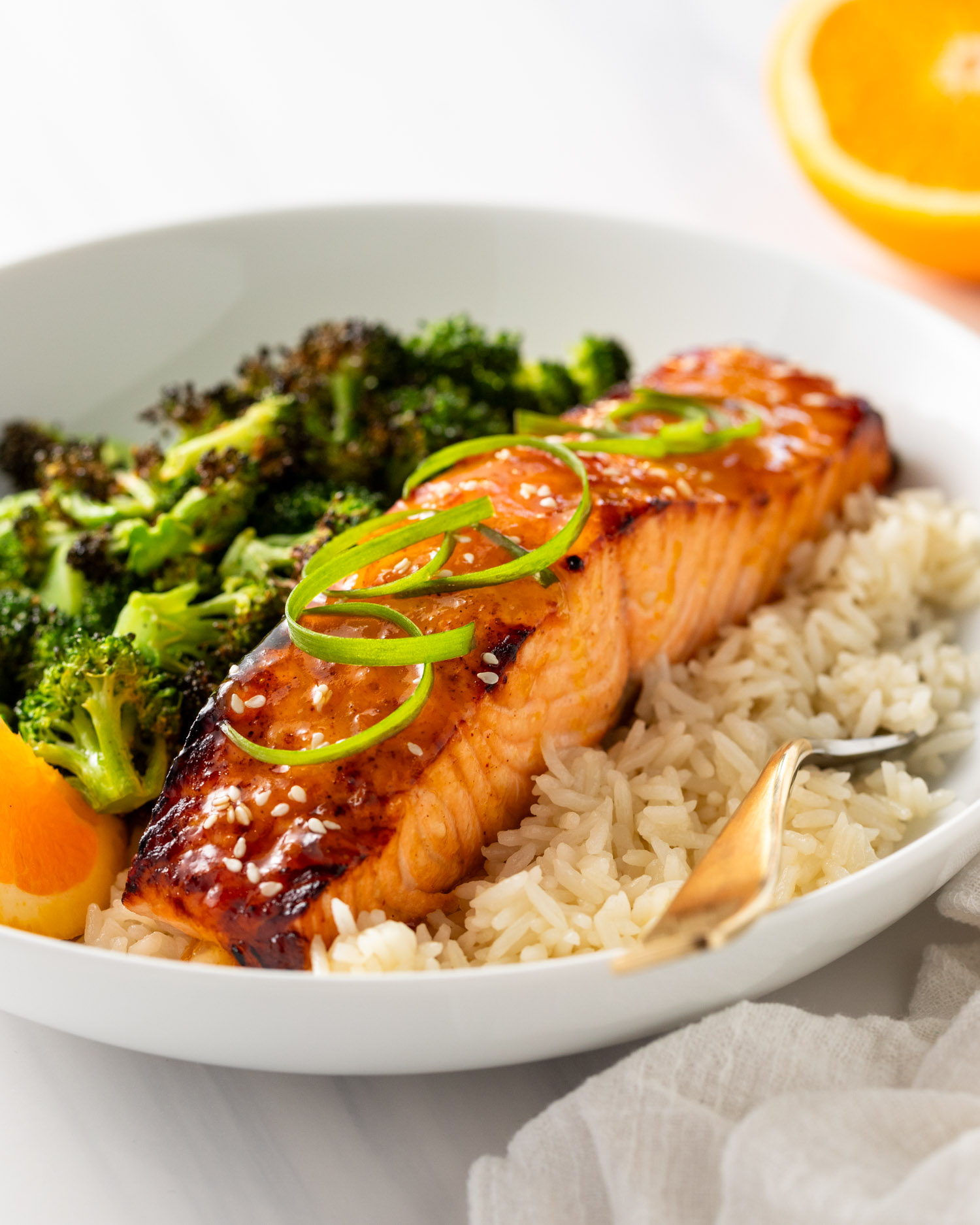
Leave a Reply